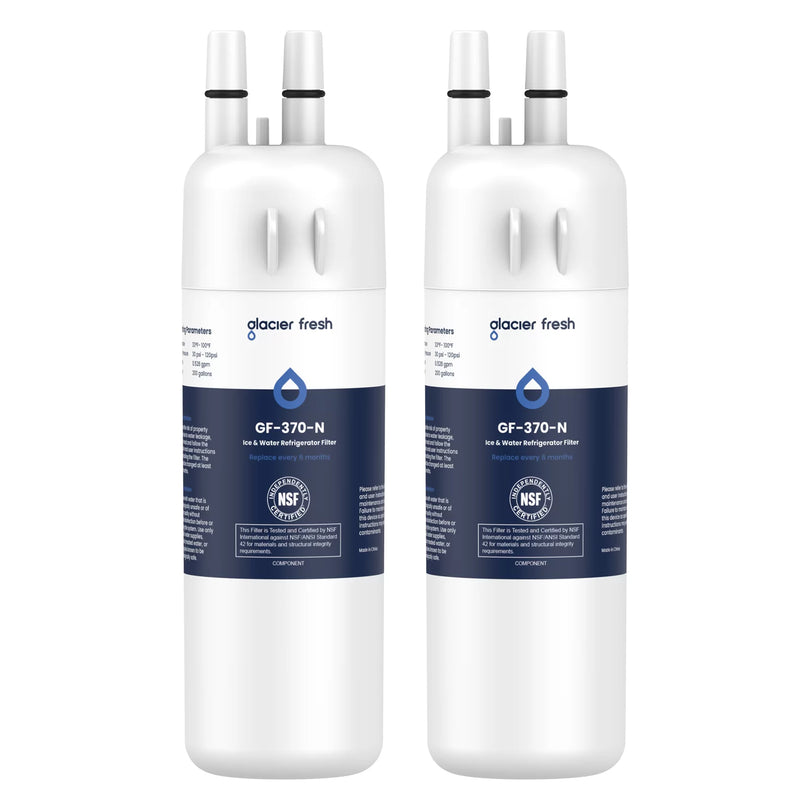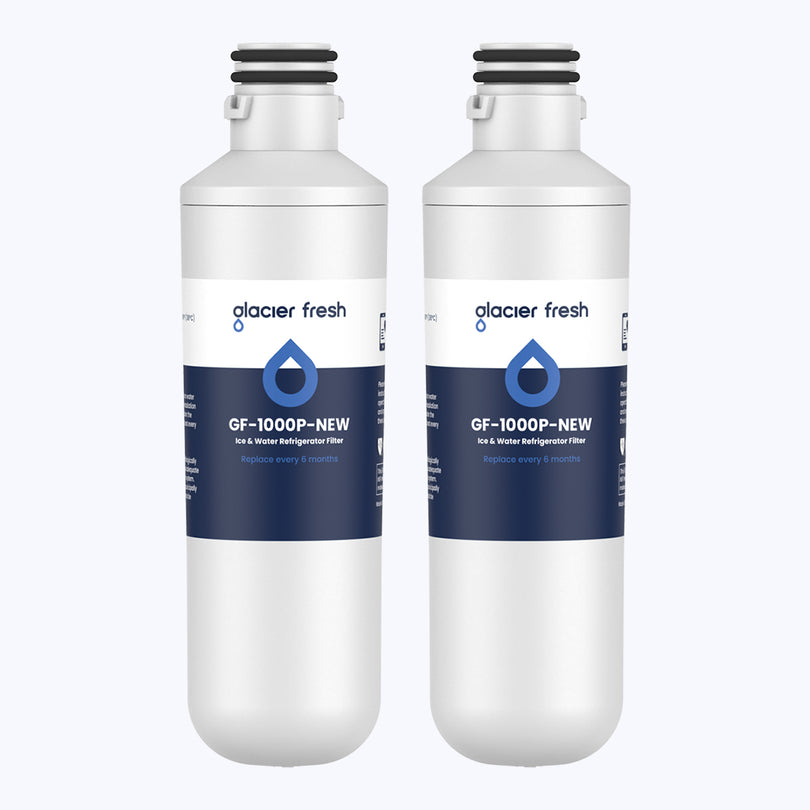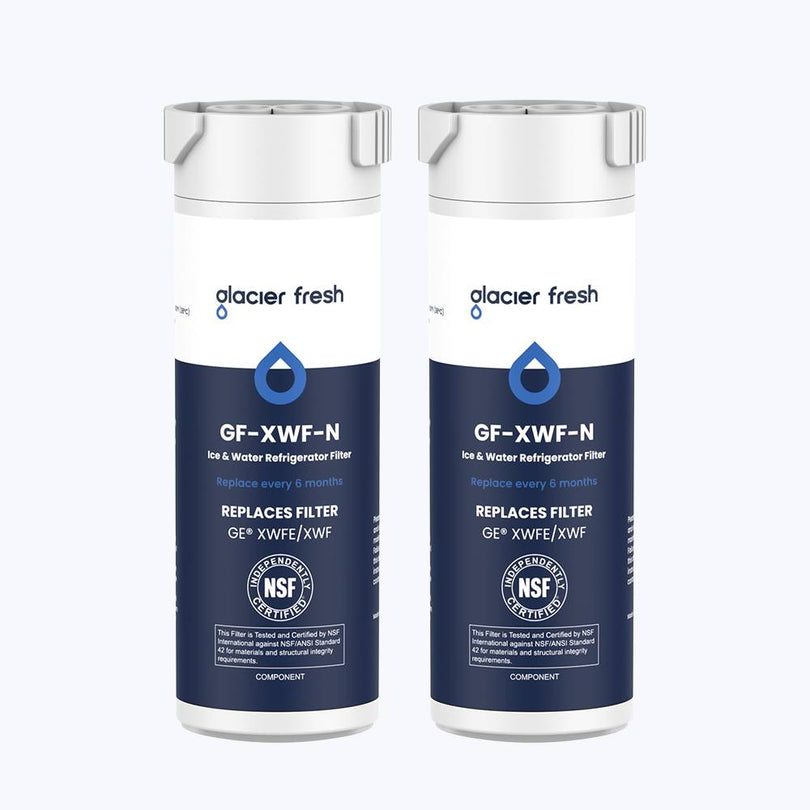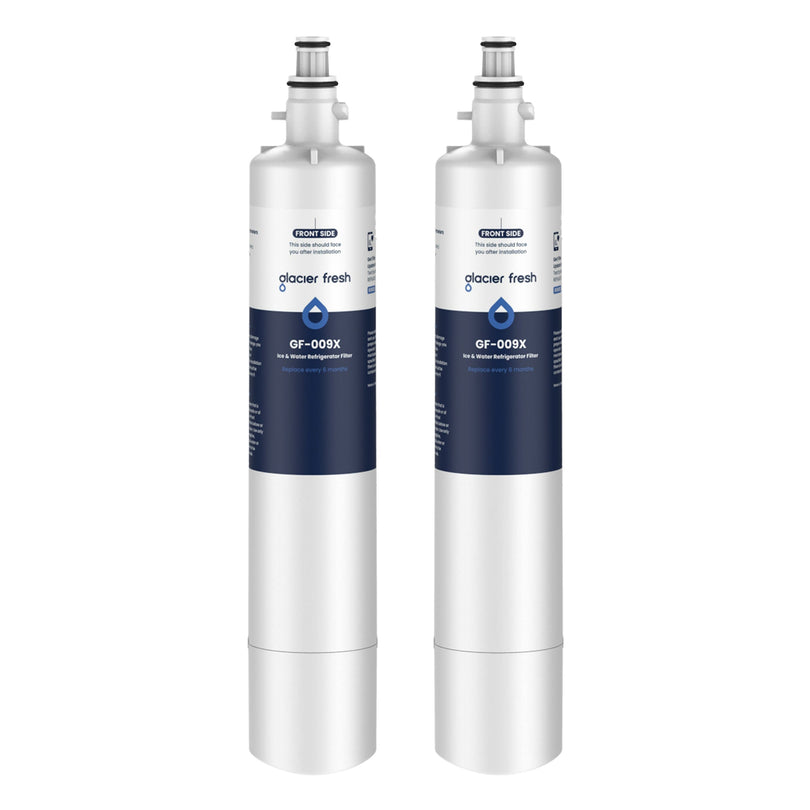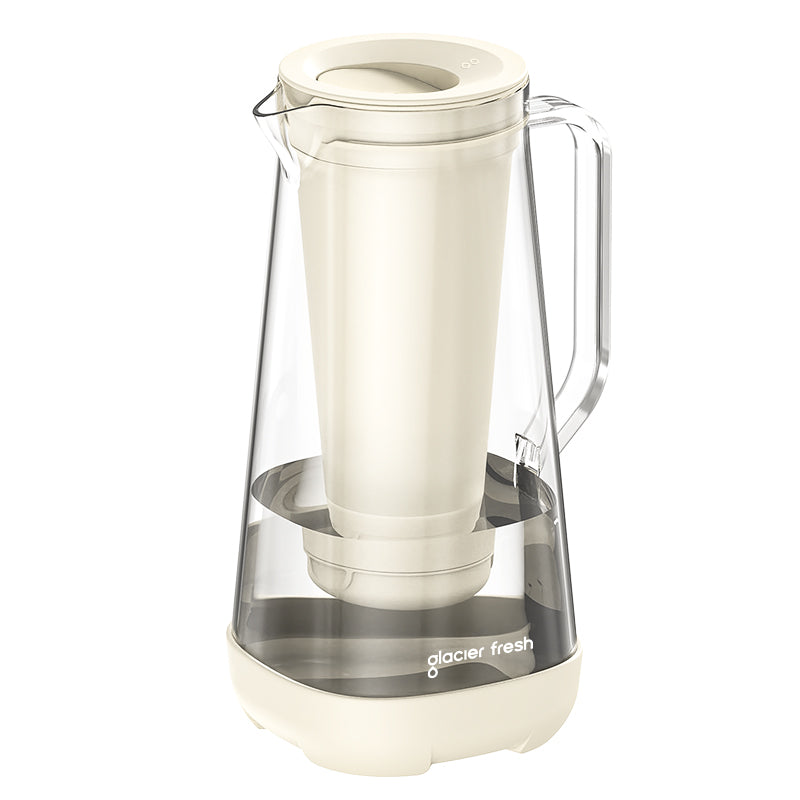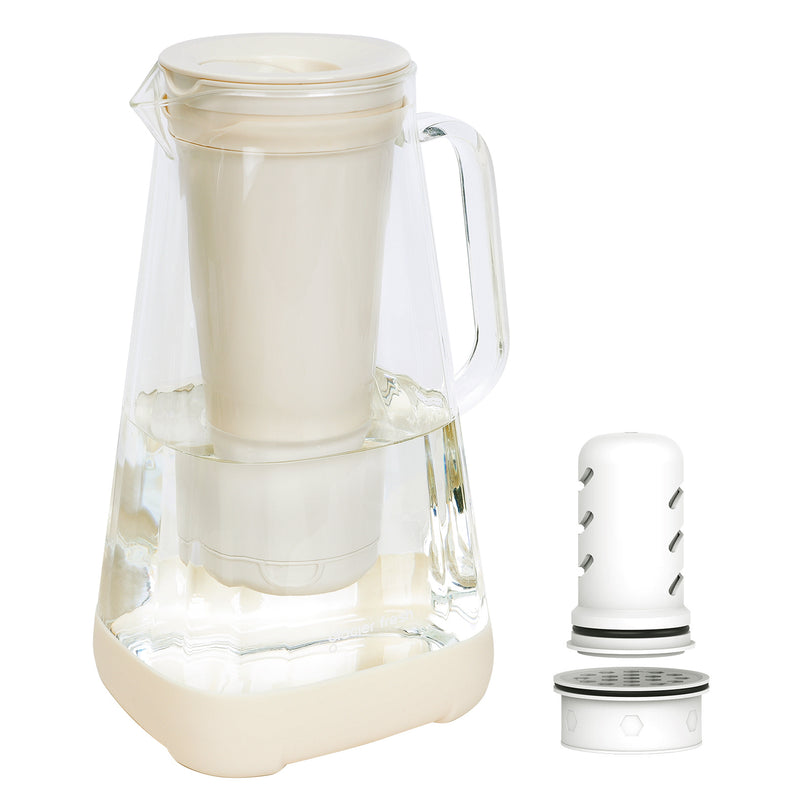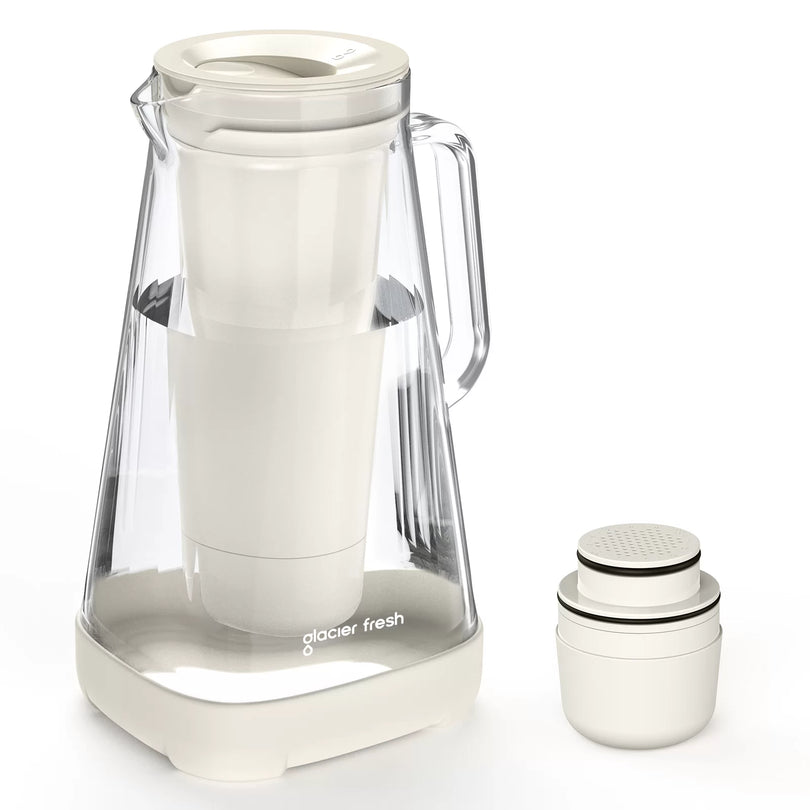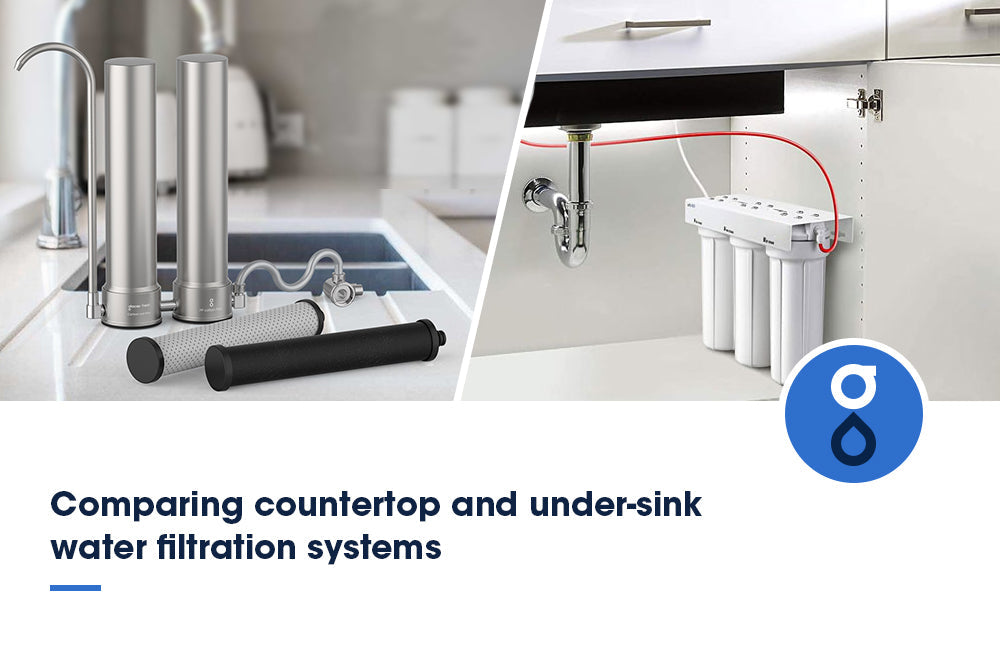Table of Contents:
Was ist Mikroplastik und welche Beziehung besteht zu Meeresfrüchten?
Quellen der Mikroplastik-Kontamination in Meeresfrüchten
Die gesundheitlichen Auswirkungen des Verzehrs von Meeresfrüchten mit Mikroplastik
Die Auswirkungen von Mikroplastik auf das marine Ökosystem
Minderungsstrategien zur Reduzierung der Mikroplastikkontamination in Meeresfrüchten
FAQs
Abschluss
Sie haben wahrscheinlich schon von der Plastikverschmutzungskrise gehört, aber haben Sie schon darüber nachgedacht, welche Auswirkungen sie auf Ihren Teller haben könnte? Insbesondere auf die Meeresfrüchte, die Sie so lieben? In diesem Artikel tauchen wir in die Welt des Mikroplastiks ein – winzige Plastikfragmente, die unsere Meere verschmutzen und in unsere Nahrungskette gelangen. Sie erfahren, wie sie in Ihren Meeresfrüchten landen, was das für Ihre Gesundheit bedeutet und welche weiteren Auswirkungen sie auf unsere empfindlichen Meeresökosysteme haben.
Anschließend werden wir einige Strategien zur Bekämpfung dieses wachsenden Problems untersuchen. Bevor Sie also Ihren nächsten Krabbencocktail oder gegrillten Lachs genießen, nehmen Sie sich einen Moment Zeit, um zu verstehen, was auf dem Spiel steht.
Was ist Mikroplastik und welche Beziehung besteht zu Meeresfrüchten?

Sie fragen sich vielleicht, was Mikroplastik ist und welche Verbindung es zu Ihrem Lieblingsgericht mit Meeresfrüchten hat. Mikroplastik sind winzige Plastikteilchen mit einer Größe von weniger als 5 mm. Sie können aus verschiedenen Quellen stammen, darunter auch größere Plastikteile, die in immer kleinere Stücke zerfallen. Jetzt fragen Sie sich wahrscheinlich: Was hat das mit Meeresfrüchten zu tun? Diese winzigen Partikel gelangen in unsere Ozeane und damit in unsere Meeresfrüchte. Wenn Fische und andere Meerestiere diese Partikel mit Nahrung verwechseln, nehmen sie sie auf. Und wenn Sie Meeresfrüchte essen, nehmen Sie wahrscheinlich auch dieses Mikroplastik zu sich.
Die Sicherheit von Meeresfrüchten ist zu einem wichtigen Thema geworden, da die potenziellen Gesundheitsrisiken des Plastikkonsums noch immer erforscht werden. Forscher untersuchen, wie Mikroplastik mit dem Körper interagiert und welche potenziellen Schäden es verursachen kann. Wenn Sie also das nächste Mal einen Krabbencocktail oder ein köstliches Lachsfilet genießen, denken Sie daran: Es geht nicht mehr nur um den Quecksilbergehalt. Mikroplastik gehört zu den Dingen, die Sie bei der Auswahl von Meeresfrüchten berücksichtigen müssen.
Quellen der Mikroplastik-Kontamination in Meeresfrüchten
Es wird oft übersehen, aber die meisten Verunreinigungen in unseren Ozeanen stammen von Alltagsgegenständen, die wir achtlos wegwerfen. Diese zerfallen schließlich in winzige Partikel, sogenannte Mikroplastikpartikel. Sie verunreinigen unsichtbar unsere Gewässer und gelangen in unsere Meeresfrüchte und unseren Körper. Das Verständnis der Quellen dieser Mikroplastikpartikel kann dazu beitragen, die damit verbundenen Risiken zu mindern.

Die Bekämpfung des Mikroplastikproblems erfordert konzertierte Anstrengungen. Die Industrie muss ihren Beitrag zum Problem minimieren, und jeder Einzelne muss seinen Umgang mit Kunststoffen überdenken. Sobald die Öffentlichkeit sich der Gefahren dieser winzigen Partikel bewusster wird, wird jedoch alles beim Alten bleiben. Wir alle können dazu beitragen, unsere Ozeane und letztlich auch unsere Meeresfrüchte frei von Mikroplastik zu halten.
Die gesundheitlichen Auswirkungen des Verzehrs von Meeresfrüchten mit Mikroplastik

Mikroplastik in Meeresfrüchten kann oxidativen Stress im Körper verursachen. Oxidativer Stress entsteht durch ein Ungleichgewicht zwischen schädlichen reaktiven Sauerstoffspezies (ROS) und den antioxidativen Abwehrmechanismen des Körpers. Dieses Ungleichgewicht kann zu Zellschäden führen und verschiedene gesundheitliche Probleme verursachen. Ein weiteres Problem im Zusammenhang mit der Aufnahme von Mikroplastik ist die Zytotoxizität. Studien haben gezeigt, dass diese Kunststoffpartikel toxische Wirkungen auf Zellen haben und möglicherweise zu Gewebeschäden führen können.
Neurotoxizität ist ein weiteres Gesundheitsrisiko. Forschungsergebnisse deuten darauf hin, dass einige Mikroplastikpartikel als endokrine Disruptoren wirken und die normale Funktion des Nervensystems beeinträchtigen können. Darüber hinaus kann die Aufnahme von Mikroplastik das Immunsystem schädigen. Studien haben ergeben, dass der Kontakt mit Mikroplastik Entzündungsreaktionen auslösen und die Immunantwort von Meeresorganismen beeinflussen kann. Es besteht auch die Möglichkeit, dass Mikroplastik auf andere Gewebe übertragen wird. Forschungsergebnisse deuten darauf hin, dass Mikroplastik vom Verdauungssystem in andere Organe gelangen und sich möglicherweise im gesamten Körpergewebe ansammeln kann.
Die Auswirkungen von Mikroplastik auf das marine Ökosystem

Mikroorganismen im Meer werden durch winzige Plastikpartikel erheblich beeinträchtigt. Diese Mikroplastikpartikel können von Meeresorganismen aufgenommen werden und verschiedene schädliche Auswirkungen haben.
Unterbrechung der marinen Nahrungsketten
Sie werden erstaunt sein, wie winzige Plastikpartikel das empfindliche Gleichgewicht der marinen Nahrungsketten zerstören können. Mikroplastik, winzige Plastikpartikel mit einer Größe von weniger als fünf Millimetern, stört den natürlichen Energie- und Nährstofffluss in aquatischen Ökosystemen. Meeresorganismen wie Fische, Schildkröten und Seevögel halten diese Partikel oft für Nahrung, was zu verschiedenen negativen Auswirkungen führt.
Bei der Aufnahme kann Mikroplastik das Verdauungssystem dieser Organismen schädigen, was zu einer verminderten Nährstoffaufnahme und möglicherweise zum Verhungern führen kann. Darüber hinaus kann sich Mikroplastik im Gewebe von Meeresorganismen ansammeln und möglicherweise schädliche Chemikalien und Giftstoffe in die Nahrungskette übertragen. Diese Störung der aquatischen Nahrungsketten kann weitreichende Folgen haben und die allgemeine Gesundheit und Stabilität der Meeresökosysteme beeinträchtigen.
Ansammlung von Mikroplastik in Meeresablagerungen
Stellen Sie sich vor, Sie stehen am Sandstrand eines wunderschönen Strandes und ahnen nicht, dass sich unter der Oberfläche eine verborgene Welt verbirgt, in der sich winzige Plastikpartikel im Sediment ansammeln und das empfindliche Gleichgewicht des Meereslebens stören. Mikroplastik, kleine Plastikpartikel mit einer Größe von weniger als 5 mm, ist in unseren Ozeanen zu einem allgegenwärtigen Problem geworden. Diese Partikel stammen aus verschiedenen Quellen, darunter Mikrokügelchen in Körperpflegeprodukten, zerfallene größere Plastikgegenstände und sogar Kunstfasern aus unserer Kleidung.
Wenn sie in die Meeresumwelt gelangen, sinken sie auf den Meeresboden und lagern sich im Sediment ab. Diese Ansammlung von Mikroplastik in Meeresablagerungen kann weitreichende Folgen haben. Sie ersticken nicht nur den Meeresboden und beeinträchtigen die dort lebenden Organismen, sondern stellen auch eine ständige Verschmutzungsquelle dar, da Mikroplastik schädliche Chemikalien in die umgebende Umwelt freisetzt. Diese Ansammlung von Mikroplastik in Meeresablagerungen ist ein beunruhigendes Problem, das die dringende Notwendigkeit von Maßnahmen zur Reduzierung der Plastikverschmutzung und zum Schutz unserer Meeresökosysteme unterstreicht.
Minderungsstrategien zur Reduzierung der Mikroplastikkontamination in Meeresfrüchten
Was können wir tun, um diese unsichtbare Bedrohung unserer Ozeane und des Meereslebens zu bekämpfen? Nun, es ist leichter zu bewältigen, als es scheint. Sie können verschiedene Strategien anwenden, um die Mikroplastikbelastung in Meeresfrüchten zu reduzieren.
Verbesserung der Filtrations- und Aufbereitungsprozesse
Die Verbesserung von Filter- und Aufbereitungsprozessen kann dazu beitragen, schädlichen Plastikmüll effektiv aus dem Wasser zu entfernen und so eine sauberere und sicherere Umgebung für das Meeresleben zu schaffen. Ein Ansatz ist die Verbesserung der Filtersysteme in Kläranlagen. Durch den Einsatz moderner Filtertechnologien wie Membran- oder Aktivkohlefilter können kleinere Mikroplastikpartikel effizienter aufgefangen und entfernt werden. Darüber hinaus kann die Modernisierung von Wasseraufbereitungsanlagen mit verbesserten Koagulations- und Flockungsprozessen zur Entfernung größerer Plastikpartikel beitragen.
Eine weitere Methode ist die Implementierung tertiärer Behandlungsverfahren wie Ozonierung oder fortschrittliche Oxidation, die Mikroplastik in kleinere, weniger schädliche Fragmente zerlegen können. Darüber hinaus kann die Kombination von Filtrations- und Behandlungsprozessen mit regelmäßiger Wartung und Überwachung deren Wirksamkeit bei der Reduzierung der Mikroplastikbelastung in Meeresfrüchten und dem Schutz der Meeresökosysteme sicherstellen.
Entwicklung nachhaltiger Verpackungsalternativen

Wählen Sie nachhaltige Verpackungsalternativen, die optisch ansprechend und umweltfreundlich sind, damit Sie Ihre Meeresfrüchtegerichte ohne schlechtes Gewissen genießen können. Die Entwicklung nachhaltiger Verpackungsalternativen ist entscheidend, um die Mikroplastikbelastung von Meeresfrüchten zu verringern. Herkömmliche Verpackungsmaterialien wie Plastiktüten und -behälter tragen zur Ansammlung von Mikroplastik in der Umwelt bei, das letztendlich in den Ozeanen und Meereslebewesen landet. Um dieses Problem zu lösen, erforschen Forscher und Unternehmen innovative Verpackungslösungen.
Beispielsweise bieten biologisch abbaubare Materialien wie Verpackungen auf Algenbasis eine vielversprechende Alternative. Algen sind reichlich vorhanden, erneuerbar und biologisch abbaubar, was sie zu einer umweltfreundlichen Wahl macht. Eine weitere Option sind kompostierbare Verpackungen aus pflanzlichen Materialien wie Maisstärke oder Zuckerrohr. Diese Alternativen reduzieren Plastikmüll und minimieren das Risiko einer Mikroplastikkontamination in Meeresfrüchten. Dies sorgt für eine gesündere und nachhaltigere Zukunft.
Förderung von Bildung und Bewusstsein
Indem wir Wissen verbreiten und das Bewusstsein für die Auswirkungen von Plastikmüll auf unsere Ozeane schärfen, können wir Menschen zu nachhaltigeren Entscheidungen für die Zukunft inspirieren. Bildung spielt eine entscheidende Rolle bei der Eindämmung der Mikroplastikbelastung in Meeresfrüchten. Schulen, Universitäten und NGOs können zusammenarbeiten, um Bildungsprogramme zu entwickeln, die die schädlichen Auswirkungen der Plastikverschmutzung auf die Meeresökosysteme aufzeigen. Diese Programme können interaktive Workshops, Dokumentationen und Exkursionen umfassen, um Schüler und die breitere Öffentlichkeit einzubeziehen.
Darüber hinaus können Kampagnen und öffentliche Bekanntmachungen gestartet werden, um die breite Öffentlichkeit über das Problem zu informieren und praktische Tipps zur Reduzierung von Plastikmüll zu geben. Auch Social-Media-Plattformen können genutzt werden, um ein größeres Publikum zu erreichen und Verhaltensänderungen zu fördern. Durch Aufklärung und Sensibilisierung können wir Einzelpersonen dazu befähigen, aktiv zu werden und zur Reduzierung der Mikroplastikbelastung in Meeresfrüchten beizutragen.
FAQs
Welche Vorschriften gelten derzeit zur Kontrolle der Mikroplastikverschmutzung im Meer?
Sie fragen sich wahrscheinlich, wie wirksam die Vorschriften bei der Eindämmung der Mikroplastikverschmutzung der Meere sind. Nun, die Ergebnisse sind gemischt. Einige Maßnahmen, wie das Verbot von Mikrokügelchen in Kosmetika, waren erfolgreich. Die Reaktion der Industrie ist jedoch unterschiedlich. Viele Unternehmen steigen auf Kunststoffalternativen um, aber nicht überall.
Die größte Herausforderung? Die Durchsetzung. Ohne angemessene Überwachung und Strafen ignorieren einige Unternehmen die Regeln. Zwar gibt es Vorschriften, doch werden sie nur manchmal streng genug durchgesetzt, um wirklich etwas zu bewirken.
Gibt es bestimmte Meeresfrüchtearten, die anfälliger für Mikroplastik-Verunreinigungen sind als andere?
Ja, es gibt bestimmte Meeresfrüchtearten, die anfälliger für Mikroplastik sind als andere. Schalentiere wie Muscheln und Austern sind aufgrund ihrer Filtermethoden oft anfälliger für höhere Mikroplastikwerte.
Es wurden Techniken zur Erkennung von Mikroplastik entwickelt, mit denen sich das Ausmaß der Kontamination von Meeresfrüchten genau bestimmen lässt. Durch Analysen der gesundheitlichen Auswirkungen wurden potenzielle Risiken für den Menschen durch den Verzehr von mit Mikroplastik kontaminierten Meeresfrüchten aufgedeckt.
Können Kochmethoden die Menge an Mikroplastik in kontaminierten Meeresfrüchten reduzieren?
Leider kann keine Kochmethode Mikroplastik aus kontaminierten Meeresfrüchten entfernen. Der Nachweis von Mikroplastik ist aufgrund seiner geringen Größe oft schwierig. Wir konsumieren Meeresfrüchte, die das Risiko gesundheitlicher Auswirkungen durch Mikroplastik, einschließlich potenzieller Störungen des Hormonsystems und anderer unbekannter Auswirkungen, bergen. Es ist wichtig, in unserem Alltag auf Kunststoffalternativen zu setzen, um die Gesamtverschmutzung der Meere und der Meeresfrüchte, die wir genießen, durch Mikroplastik zu minimieren.
Abschluss
Sie haben gesehen, wie Mikroplastik unsere Meeresfrüchte verunreinigt und unsere Gesundheit und das marine Ökosystem gefährdet. Das ist alarmierend. Aber denken Sie daran: Wir sind nicht hilflos. Es gibt Strategien, um diese Verschmutzung zu reduzieren. Treffen wir fundierte Entscheidungen, unterstützen wir nachhaltige Praktiken und reduzieren wir den Plastikverbrauch. Wir sitzen alle im selben Boot, und unser Handeln kann einen echten Unterschied machen.

